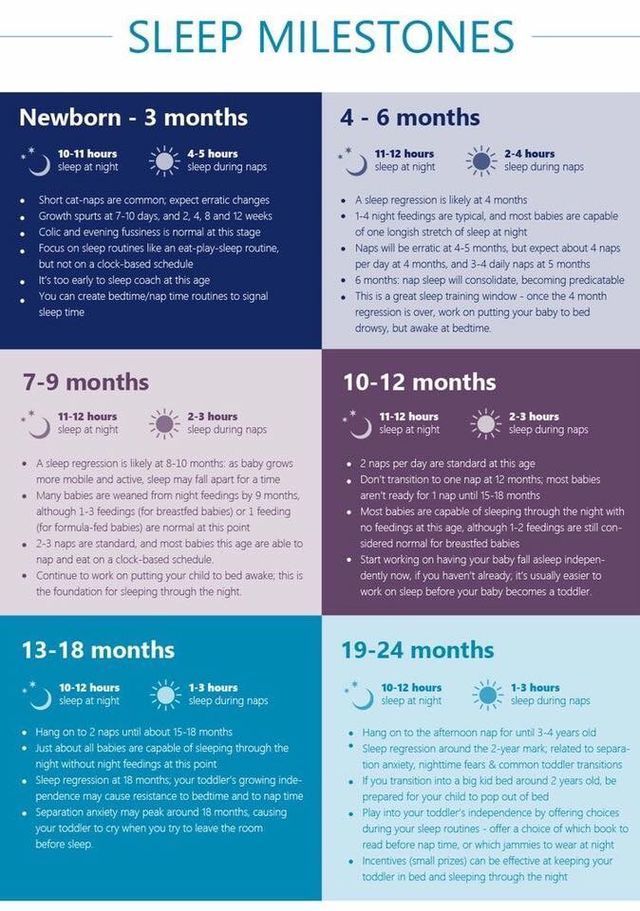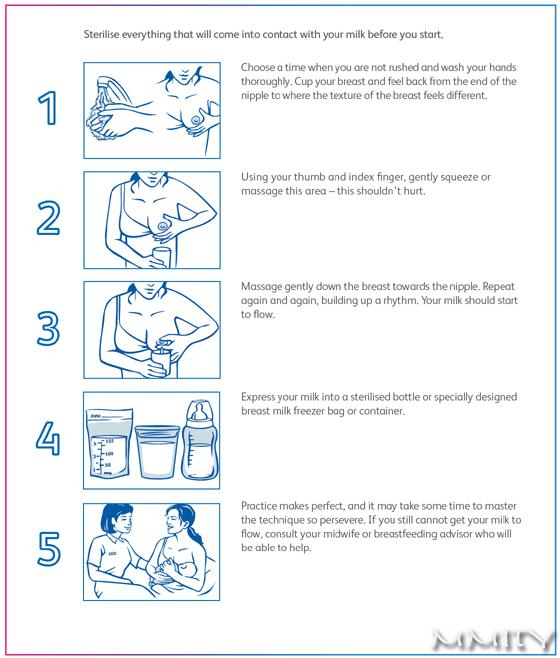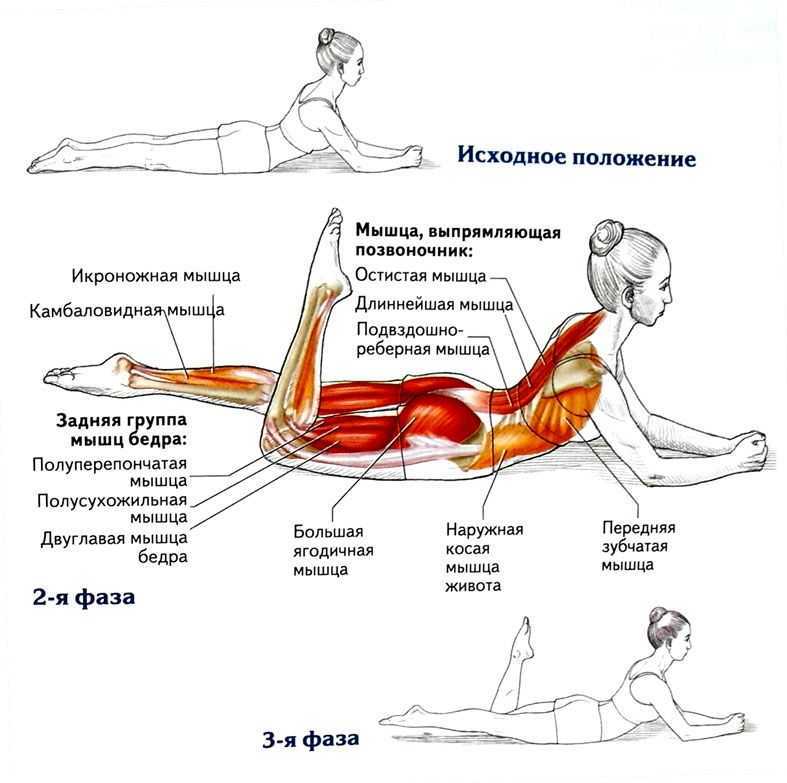How to keep your child in bed
How To Get Your Toddler To Stay In Their Bed All Night
Sleep Tight
It's the longest walk you'll take over and over and over again.
by Patrick A. Coleman
Updated:
Originally Published:
Making the transition from a crib to a toddler bed is a major milestone in a child’s life. But seasoned veterans know that the real challenge isn’t persuading your toddler to sleep in their exciting big-kid bed — it’s what to do when your toddler won’t stay in bed. Because with great freedom comes a great desire to wander back into a parent’s room.
So how do you keep your toddler in bed? For some parents, a toddler that won’t stay in bed is less of an issue. They have an open bed policy, and it doesn’t matter where their toddler sleeps as long as their toddler is sleeping. For other parents, alone time is crucial, and learning how to keep a toddler in bed is a top priority. Enter yet another round of sleep training — toddler edition.
Falling Asleep Independently Will Help Keep Your Toddler in Bed All Night
In the order of operations for helping a toddler stay in bed all night, getting them to a place where they fall asleep independently is at the top of the list. When you are able to leave their room while they are still awake, you know they have developed the skills to self-soothe and fall asleep independently in the first place.
“If your child needs you nearby in order to fall asleep and you leave (either because you have to go attend to something or because you think he or she is asleep), your toddler will absolutely leave the bed to come to find you,” says Dr. Lynelle Schneeberg, director of the behavioral sleep program at Connecticut Children’s Medical Center, and author of Become Your Child’s Sleep Coach: The Bedtime Doctor’s 5-Step Guide, Ages 3-10.
She explains that most kids wake up 2-6 times each night. So view bedtime as a learning opportunity for your toddler, where they develop the skills necessary to meet some of their own needs throughout the night. “If your toddler needs your help to fall asleep at bedtime and you leave only once he or she is deeply asleep,” explains Dr. Schneeberg, “your toddler will leave their bed to come and find you at night after he or she wakes as all kids do.”
“If your toddler needs your help to fall asleep at bedtime and you leave only once he or she is deeply asleep,” explains Dr. Schneeberg, “your toddler will leave their bed to come and find you at night after he or she wakes as all kids do.”
Sleep-Training Your Toddler
Sleep training a toddler goes by many names, most of which include the word “walk” in them. That’s because you’ll be walking back and forth between your bed and theirs. Maybe all night. The simple steps are:
- Complete the bedtime routine as normal, including hugs, kisses, and encouragement.
- Leave quickly without fanfare and no answering last-minute pleas or requests.
- If your kid gets up, walk them back to bed calmly, tuck them in again and remind them they need to stay in bed. Leave the room.
- If your kids get up again, walk them back to bed calmly and now silently. Tuck them into bed. Leave the room.
- Repeat.
Getting your kid to stay in bed overnight is not an easy or quick thing to do. It may take a night before it works. It might take five. But it will eventually work. The key is to remain completely calm and quiet in the face of whatever your toddler throws at you. Even if they are literally throwing things at your face.
It may take a night before it works. It might take five. But it will eventually work. The key is to remain completely calm and quiet in the face of whatever your toddler throws at you. Even if they are literally throwing things at your face.
Need motivation? Just think of the quiet nights of conversation with only you and your partner in bed. Or, you know.
Make Clear Expectations About Staying in Bed
Make sure your toddler knows what you expect from them. Dr. Schneeberg suggests using a bedtime chart if your toddler uses extra steps or requests as “If you have a chart you can say, ‘the chart says it’s time to brush teeth now’ or “hugging the dog again is not on the chart,'” she says.
Charts can be as much for the parent’s benefit as they are for the toddler’s. By bedtime, you’re tired as well and may find it a challenge to keep firm limits. “Parents sometimes think that if they grant all of the requests a child makes when they out of the room then their child will finally fall asleep,” sats Dr.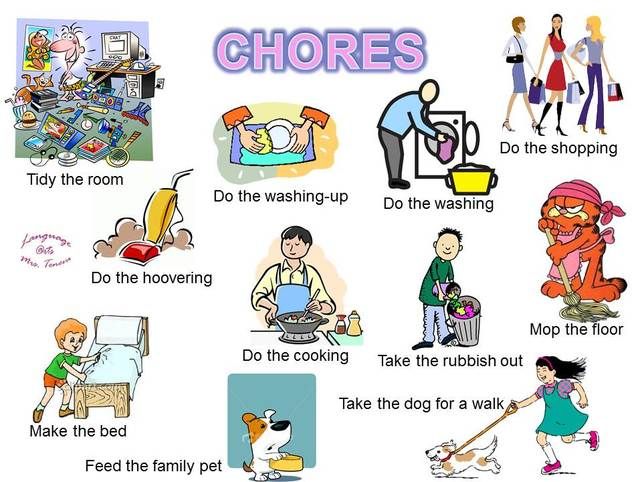 Schneeberg. “In actuality, granting all of these requests actually rewards the child for staying awake.”
Schneeberg. “In actuality, granting all of these requests actually rewards the child for staying awake.”
If the rigidity of a chart isn’t the best fit for you or your toddler, Dr. Schneeberg notes that a ticket or token system might work better. Each night, your child gets two tickets that they can “spend” on a deviation from the bedtime routine. They can use a ticket on an extra book, a quick drink, or anything else within reason. “Once the two tickets are gone, parents can remind their children to return to bed to play quietly in bed with their comfort objects until they are drowsy enough to fall asleep,’ says Dr. Schneeberg.
Getting Your Toddler Back to Bed
Kids actually have rational reasons for not wanting to go to bed. Staying up is more fun than laying still, and they have a fear of missing out on the entertaining things parents or siblings do at night. Unfortunately, they also drastically miscalculate their ability to be healthy and pleasant without adequate sleep, so it really is imperative that they get back to bed.
Dr. Schneeberg notes that you’ll want to be as brief and boring as possible when returning your child to bed. “Remind your child to play with their small, safe toy or stuffed animal until he or she is sleepy,” she says. “If your child comes to your room at night, you can either let them sleep in a spare bed in your room, you can sleep in a spare bed in their room, or you can walk them back to their room and stay nearby until they are asleep again.”
Luckily, what might feel like an insurmountable challenge at the moment is, in reality, an opportunity to gently reinforce that your child has the tools to stay in bed and that it’s a safe place for them. At some point soon they will sleep through the night. And before you know it, your kid will reach the teenage years, so you’ll be looking for strategies on how to get them out of bed.
This article was originally published on
How to keep your child in their bed at night (This works!)
Today I want to talk about how to keep your child in their own bed.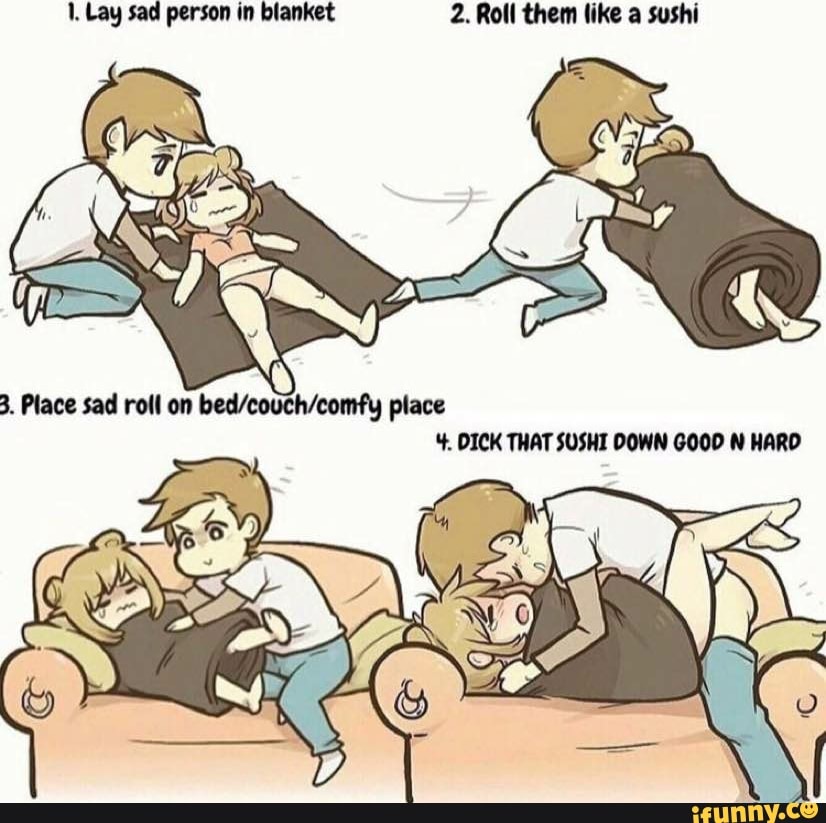 Let me first take a minute to explain that your child will be healthier, do better in school, be more pleasant throughout the day, and just feel better overall, if they are getting enough sleep (no matter where that may be: your bed, their bed or somewhere else).
Let me first take a minute to explain that your child will be healthier, do better in school, be more pleasant throughout the day, and just feel better overall, if they are getting enough sleep (no matter where that may be: your bed, their bed or somewhere else).
Now, we do not co-sleep (well- if the kids aren’t feeling well, if they are running a fever, or if there is a thunderstorm, they do sleep in our rooms), but for the most part, we don’t co-sleep because I am a huge worrier!
I am up all night worrying about if they are breathing or if a pillow is on their face or if they are sleeping all night or waking up. If I have to sneeze or cough- forget about it… I will just hold it because I don’t want to risk waking them.
All in all, I just don’t relax when they are in our bed. My husband won’t sleep, either, because he worries about rolling on top of them. I know that those things probably will never happen, but I just worry so much, so we all sleep better when they are in their bed and we are in our bed.
With that being said, I try to remember “Different Strokes for Different Folks”, so whatever works for your family is what works. Period!
So- let’s get back to keeping your child in their own bed. I’m not saying that my kids always sleep through the night, just that it is better for their development when they do. Trust me; my kids have all woken up for weeks or months at a time at some point during their young lives. I just do my best to get them back onto their natural sleep patterns to help them be the healthiest and happiest that they can be!
Here are the reasons that I want my child to STAY IN HIS/HER BED AT NIGHT:
- I am uncomfortable knowing that our sons or daughter would be walking around when I am asleep. I just can’t have this. What if they fell down the stairs? What if they got themselves a drink and aspirated without me knowing? What if they got into something dangerous (we keep the house child-proofed, but you just never know)? For these reasons, we have a rule that they must stay in their beds until 7:00 am .

- Kids need 10-12 hours of sleep a night. Younger toddlers and babies need even more. This is why we put our kids to bed at 7:00.
- Well-rested kids = happier kids. Well-rested kids = kids that can focus better. It just works for us.
- I don’t want to be ‘tucking them in’ five times a night. I have already had time lying down with each one of them, and they need to go to bed.
A quick background on our family. Our older two boys always stay in bed (they are six and eight).I don’t know what we did differently, but they never attempted to come out of bed. The two younger ones are still in the learning process (2 and 4).
I love the cuddle time with each one of our kids. This is why when they say “Mommy, will you lay with me?” I always say YES! However, laying with them and having them coming into my room and bed at all hours of the night are two totally different things.
I get this question a lot, so let me offer the advice that worked for us.
(PS- BEFORE YOU START, MAKE SURE THAT YOUR CHILD ISN’T SICK, THIRSTY, OR HAS TO USE THE BATHROOM).
The very first time that they come out of their bed, correct them.
My story: When our daughter moved to a toddler bed, I watched her on her video monitor.
The second that I saw her climbing out of her bed, I ran in and said “No, Ma’am. Back into bed, please. ” I told her “If you need Mommy, you say ‘MOMMY!’ and I will come in. You DO NOT get out of your bed. I will be scared if I know that you aren’t safe in your bed. Do you understand? ”
She answered with an “Uh-hum.” She then started to cry, knowing that she didn’t make the right choice and she put her hands over her eyes (this is what she does when she is upset). She didn’t come out of her bed again, until several months later.
Fast forward- Several months later, she made her second attempt. She is still only two, and I am not comfortable with her walking around without me knowing because it isn’t safe, so when I saw her, I put her back into her bed and said the same thing.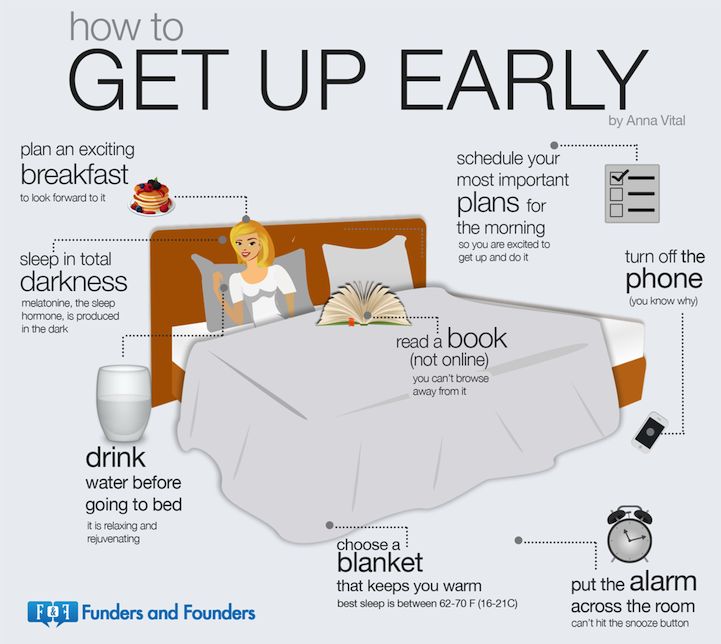 She immediately climbed back out. This is where the ‘real teaching’ comes into play.
She immediately climbed back out. This is where the ‘real teaching’ comes into play.
Let me tell you how it worked with our son (because it explains why we did this again with our daughter) I saw this method on Super Nanny, and I have had to do this with our third son when he was two years old. It works. I promise you. It is ALL ABOUT CONSISTENCY.
After you have verbally corrected them once, from then on, take them by the hand and firmly, but GENTLY place them back into their beds. Do not lose your temper. I did this with our son (when he was two years old) over 100 times!
Now, I know that number sounds outrageous, but on the show, SuperNanny, some parents did it hundreds of times (like 300+).
It works. It really does. (Remember- bad habits can take up to three days to break, so give it three days!)
It just works.
Extreme or not.
I was not mean.
I didn’t use force.
I did not yell.
I was not angry.
I show consistency. How To Get A Child To Stay In Their Bed? (The exact steps)Let me give you an example of one of our sons. I sat outside his door and waited for him to come out again, and again, and again.
It took one night of putting him back to bed over and over and over and over until he stopped coming out.
By night #2, it happened about 10 times.
By night #3- zero times.
It has been several years, and he has not come out of his bed unless he has been sick or scared or had to use the bathroom. If he needs us, he calls for us, but that is not often. After we read with him, give him a sip of water, lie down with him, and sing his goodnight songs, he goes to sleep.
RELATED–>> We also do this trick to help him sleep all night long (if your child wakes up in the middle of the night, this tip is a game-changer! It can help your child sleep all night long!)
You can read about it by clicking on this picture:
So, back to our two-year-old daughter: I did this with our daughter a few weeks ago (the two-year-old) but it only took four times of putting her back into her bed before she figured out that this was not going to work. The promise to leave her door open like her brothers helped, too. Haha!
The promise to leave her door open like her brothers helped, too. Haha!
Other tricks to try:
- Leave the door open
- Leave on a night light
- Skip nap time, but put them to bed sooner (a tired child sleeps well. An over-tired child is restless).
- Use a sticker chart
- Get this noise machine projector (our niece loves this- she is three)
- Or you could get this clock that changes color when they can wake up!
- Remember that this will be hard and tiring, but if you want your child to stay in their own bed, this will hopefully help you to accomplish that. In the end, you need to do what works for you and your family. No matter what you read or hear, make it work for your family.
FOR OUR OLDER KIDS:
Our older kids (born in ’06 and ’08) were coming out of their beds for a drink, a tissue, to say goodnight to the dog again, etc… (it was lasting over an hour some nights!) and we finally said that if they come out when they don’t need anything, we would have to give them an extra “not fun” chore.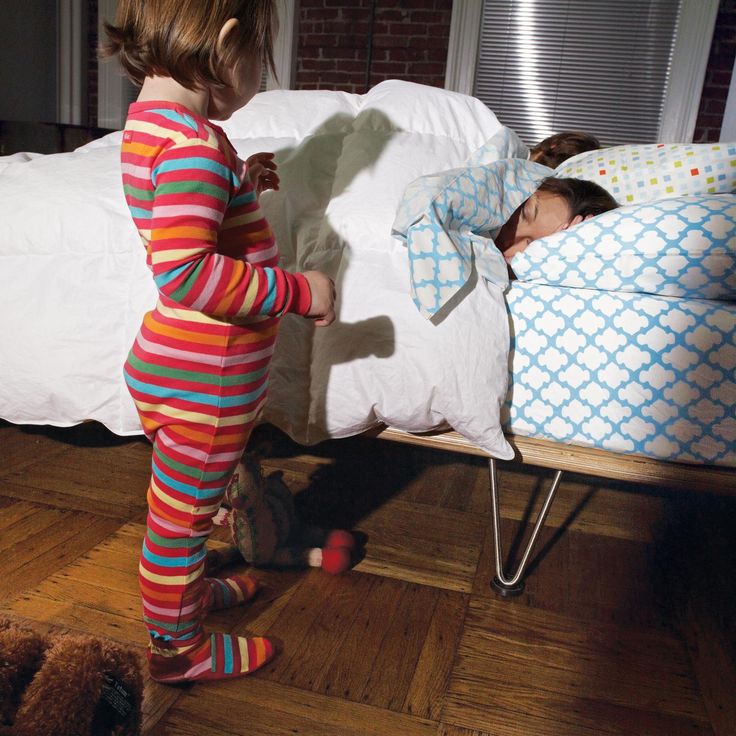 They could come out & help themselves (use the bathroom, etc…) but to come to get us to tuck them back in for the 9th time in an hour was just too much. It was getting OUT OF CONTROL. This stopped it after day 2 of the chores.
They could come out & help themselves (use the bathroom, etc…) but to come to get us to tuck them back in for the 9th time in an hour was just too much. It was getting OUT OF CONTROL. This stopped it after day 2 of the chores.
PS- here are the affiliate links to the products that I mentioned:
I hope that helped! Remember, don’t let the rules for bedtime interfere with your child’s need for a good snuggle now & then. ♥ Read this one when you have a second:
Need More Advice?
Try These:
1. Join my FREE sleep course (sent via email)
2. Why our kids are in bed by 7:00
3. Mommy, will you lay with me?
MOMMY, WILL YOU LAY WITH ME?
4. Potty Train in a WEEKEND.
© YourModernFamily.com.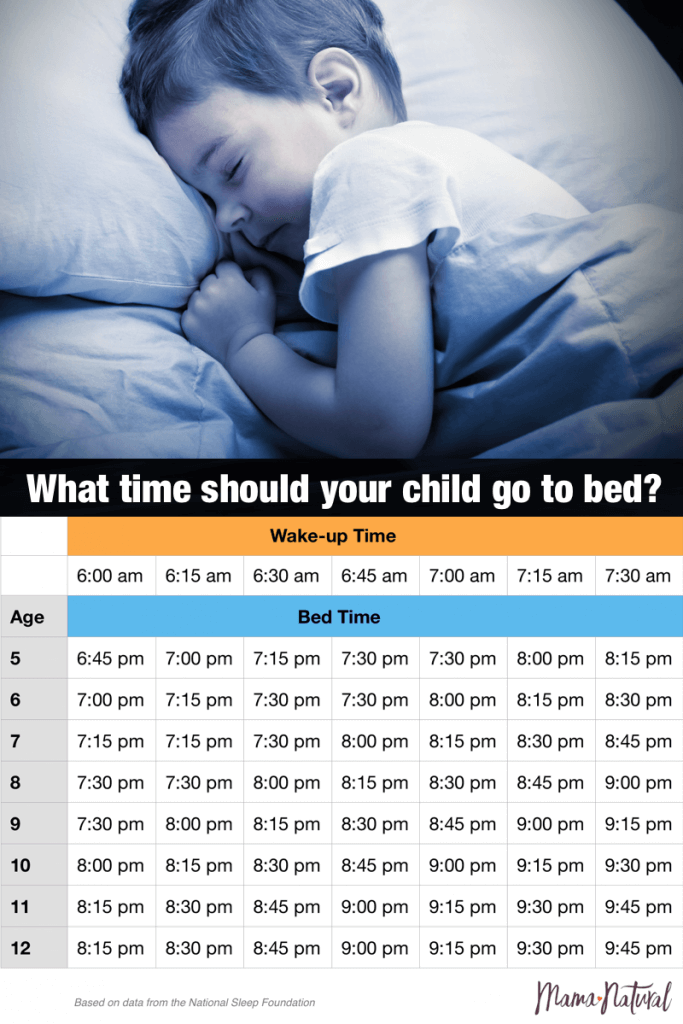 Content and photographs are copyright protected. Sharing of this article is encouraged and appreciated, copying and/or pasting articles to any social media is strictly prohibited.
Content and photographs are copyright protected. Sharing of this article is encouraged and appreciated, copying and/or pasting articles to any social media is strictly prohibited.
The child wants to sleep only with his mother: what to do and how to wean him from this
Many parents practice co-sleeping with the child while he is small. However, usually by the age of 2-3, a toddler is settled in his own crib or even a room. But sometimes there is a regression, and the child again asks to go to the parent's bedroom. Together with Yulia Chelysheva, a teacher-psychologist, associate professor at Moscow State Pedagogical University, the Mel online publication figured out what to do in such situations.
Question. My daughter is 4 years old, she has been sleeping in her crib in the nursery for six months. I went on a business trip for a couple of days, and upon my return, my daughter now sleeps only with me and does not let me go anywhere. Wakes up at night, checks to see if I'm there. How can I help her and return everything as it was?
How can I help her and return everything as it was?
Answer. Separation from mother, even for a short period, is always stressful for a child. By the age of 4, as a rule, the crisis of three years is already over and the child sets his own small priorities, builds up his status in the family. However, by this age, the child still has unstable life orientations - this means that any stressful situation, especially associated with a violation of attachment with a significant adult (mother), causes a rollback in previously acquired skills. In this case, the mother's business trip was the impetus for a regression in relation to independent sleep.
What can be done in this situation
- Every evening a child should have time that his mother devotes only to him. Ideally 2-3 hours before bedtime. At this time, tactile contact, joint activity is very important. Reading, board games. It is very important for a child to feel emotional contact with his mother.
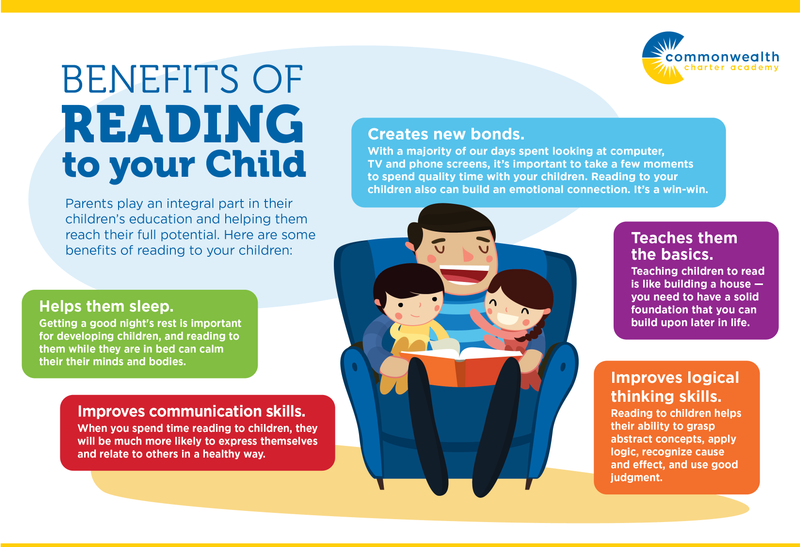
- As when you were just teaching your child to sleep separately, it is worth trying to get your daughter interested in bright bedding and toys again. She must want to go back to her own bed.
- Give your child a sleep toy or add these magical features to an existing favorite toy. It is to her that the child will be able to trust all his secrets and secrets, to live with her the emotions of the day before going to bed. This toy should ideally always live in the bedroom in the bed.
- Form a ritual of going to bed. These regime moments are very important for the child and create a safe and comfortable space for him. They played, read, water procedures, pajamas, and after that, the mother goes with the child to his room, where you can read a book before going to bed, just lie down hugging and talking.
It is important that at first, the mother waits until the child falls asleep, so that he falls asleep in close tactile contact with the mother, so that she does not leave him ahead of time.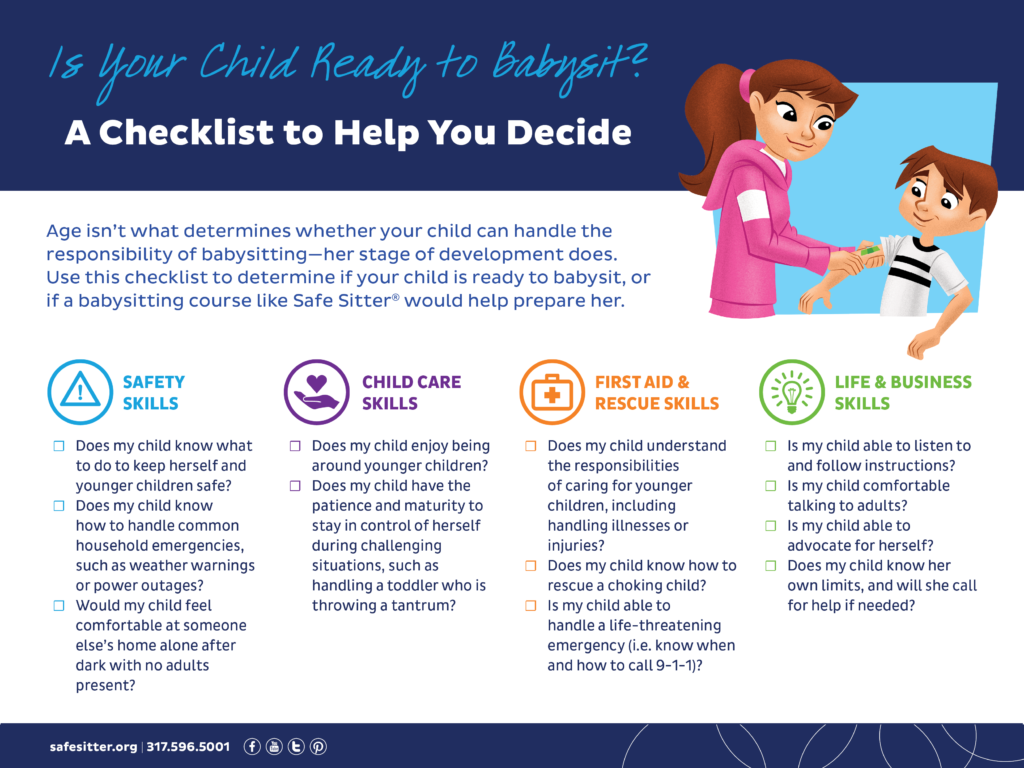
Parents need to be prepared for the fact that regaining the ability to fall asleep on their own is as long a story as acquiring this skill from scratch. This is not one or two evenings. The child needs time to readjust again. And here parents need patience and emotional support.
In no case should you scold a child for not wanting to fall asleep alone, or even more so for coming to bed with his parents at night. Just let him fall asleep next to you, and then gently transfer him to his bed to fix the psychological awakening in your own bed.
Read in source
How to properly hold a baby in your arms
So, how to properly take a child from a supine position. Grasp his chest with both hands - thumbs in front, and the rest hold the back. If the baby is not yet able to hold his head, support it with your index fingers. Gently lift your baby up. Do not forget, your face turned to the child should always express the kindest feelings. Talk to the baby, tell him what you are doing, the voice should not be very loud, gentle.
Those who take a small child in their arms are divided into two categories: relatives who live with him under the same roof, and visitors. You should not allow a visitor to the child who has not taken off his outerwear, hat, street shoes, has not washed his hands with soap, has not freed his hands from rings, rings, watches, bracelets. The baby can be frightened by sharp extraneous odors, for example, the smell of tobacco, alcohol, perfume.
Sick people should not be allowed near the child - coughing, sneezing, as well as complaining of indigestion, suffering from skin diseases.
Even if loving relatives have come a long way on trains and planes to visit the baby, be persistent and keep the guests “in quarantine” for several days - will the infection picked up on the road show up? They may be offended, but the child will remain healthy! In order to more reliably protect the psyche and immune system of the child, it is useful in his first six months of life to limit the circle of people admitted to him. These are the rules, and no one - neither the formidable mother-in-law, nor the neighbor, nor the beloved boss - deserves an exception.
These are the rules, and no one - neither the formidable mother-in-law, nor the neighbor, nor the beloved boss - deserves an exception.
Some parents take the baby in their arms with unthinkable precautions, others, on the contrary, snatch it from the crib so famously. All these are extremes. So how should it be?
- do not make sudden movements when holding the baby
- never take it with one hand - only with both
- do not raise or lower the baby quickly, rapidly
- do not take it out of the crib by pulling on the handles
The position of the baby in the arms of the mother (or another adult), first of all, depends on his age, as well as on whether he will sleep or be awake. Up to 2-2.5 months (and sometimes longer), the baby’s head must be supported, so in a horizontal position (face up), arrange the baby on your arm so that the back of his head lies on your elbow, the back rests on your forearm, and your hands should support the buttocks and hips of the baby. You can put the baby on your forearm and stomach. In this case, the baby's head should be in the crook of the elbow, and your hands will close on the baby's stomach, and one hand will pass between the legs of the little one. If you want to hold the child in an upright position, for example, in order for him to burp excess air, then support his head and back: put one of your palms on the back of the baby’s head, with your forearm firmly press his body to you. With the other hand, fix the buttocks of the crumbs. In no case do not sit the child on your arm until he has confidently mastered the skill of sitting, which happens on average at the age of 6 months. From 2.5-3 months, you can already carry the baby, turning him away from you, holding him with one hand at chest level, with the other at hip level.
Depending on the age of the child, there are 6 ways to hold him in your arms.
Hanging. This method is good for babies up to 3 months old, when they still have trouble holding their head. With one hand support the neck and back of the baby's head, with the other - the buttocks, while his torso may be slightly bent, and his face turned towards you. This situation opens up scope for the much-needed emotional contact with the mother and other loved ones for a small child. Do not forget that in order to avoid the development of one-sidedness, the baby's head must be supported either with the left or with the right hand - periodically changing them.
On the arm. Ideal for babies aged 3-6 months, although you can keep your baby this way almost from birth. He rests his head on your shoulder, you hold his feet with your hand, and your arms with your forearm. With your other hand, you support the baby under the buttocks. At the same time, the child's legs should be bent at the knee and hip joints and bred. Don't forget to alternate hands.
In front of bust . Starting from 6 months, this way of holding the baby provides him with the same position as in the position on the back.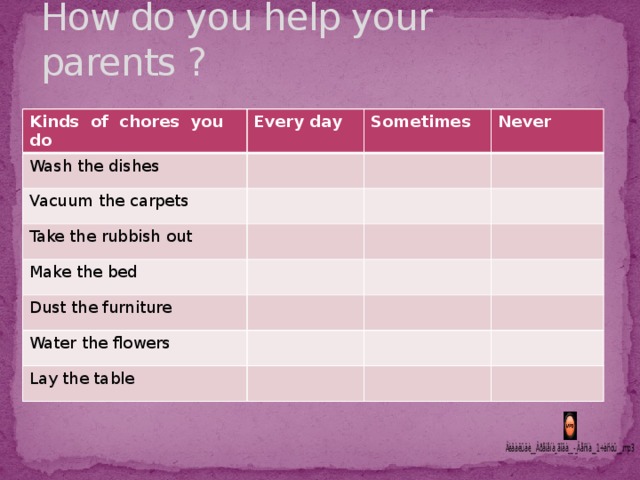 The baby leans back against your chest, his legs are bent and divorced, the soles are in contact. Hold the baby's shins with your thumbs, the feet with the index, middle and ring fingers, and the buttocks with the little fingers. This position is useful for the development of the child: as well as on the back, he can play with his legs, improving movements, mastering his body and gaining an idea of \u200b\u200bspace.
The baby leans back against your chest, his legs are bent and divorced, the soles are in contact. Hold the baby's shins with your thumbs, the feet with the index, middle and ring fingers, and the buttocks with the little fingers. This position is useful for the development of the child: as well as on the back, he can play with his legs, improving movements, mastering his body and gaining an idea of \u200b\u200bspace.
In front of the stomach . In children from 7 months old, this method allows you to reproduce crawling in a plastunsky way - a motor skill that they just need to master at this age. With one hand, take the child under the chest, and pass the other between the legs, supporting the stomach. Don't forget to switch hands.
On the side. Suitable for babies from 10 months, when they are already sitting confidently. Take the child so that he wraps his legs around your side, and rests his back on your forearm. You should support the baby's knee with your hand, giving it a slightly bent position. One arm of the child is on your chest, the other is free. Please note: you need to wear a child in this position alternately from one side to the other.
And, finally, a universal and completely international way to carry children of any age. Holding the palm of your right hand under the breast of the baby, firmly press his back to your chest. With your left hand, grasp the child's right thigh, bending his legs at the hip joints. Please note: the weight of a child under 6 months should not fall on your hand supporting the baby's pelvis - this is harmful to his spine and can ruin his posture in the future.
The baby grows, his body weight increases, and it becomes difficult to carry the baby in his arms for a long time (especially after 3 months of age, when the weight of the child reaches an average of 7 kg). Here, assistive devices for carrying children, such as a baby sling and a kangaroo backpack, can help out for a while. A baby sling is a modern modification of a piece of fabric that provides close physical contact between mother and child. In addition, with it, if necessary, it is easier to breastfeed a child while on the street or in another public place. You can use a baby sling from birth to a year and a half. It all depends on the weight of the baby and your physical capabilities. It is also very important to find the optimal position for the child and for the mother, which would provide both with maximum comfort. The basic positions of the baby in a baby sling are horizontal, with support for the spine, and (for older children) raised vertical or sitting, when the baby is tightly pulled by the fabric. A kangaroo backpack can be used only after the baby learns to hold his head confidently and his back muscles get stronger. Preference should be given to backpacks with a rigid back. But, nevertheless, you should not get too carried away with a baby sling and a kangaroo backpack. Firstly, it is still more useful for the baby to lie on the hard mattress of the crib or stroller. Secondly, it is unlikely that the child will like to sleep while sitting in a backpack.
In addition, with it, if necessary, it is easier to breastfeed a child while on the street or in another public place. You can use a baby sling from birth to a year and a half. It all depends on the weight of the baby and your physical capabilities. It is also very important to find the optimal position for the child and for the mother, which would provide both with maximum comfort. The basic positions of the baby in a baby sling are horizontal, with support for the spine, and (for older children) raised vertical or sitting, when the baby is tightly pulled by the fabric. A kangaroo backpack can be used only after the baby learns to hold his head confidently and his back muscles get stronger. Preference should be given to backpacks with a rigid back. But, nevertheless, you should not get too carried away with a baby sling and a kangaroo backpack. Firstly, it is still more useful for the baby to lie on the hard mattress of the crib or stroller. Secondly, it is unlikely that the child will like to sleep while sitting in a backpack. And, thirdly, a long stay of a child in the same position, which causes an uneven load on different parts of the spine, can provoke a pathology of the musculoskeletal system. Therefore, it is not recommended to keep the baby in a baby sling and "kangaroo" for more than 40 minutes a day. When the child grows up a little, you can practice the pose when the baby sits on his mother's side, facing her. The advantages of this position: the mother has one hand free, and the child has an excellent view. If the mother, for health reasons, is not recommended to take the baby in her arms, then you can often put him on her stomach, put him on her knees.
And, thirdly, a long stay of a child in the same position, which causes an uneven load on different parts of the spine, can provoke a pathology of the musculoskeletal system. Therefore, it is not recommended to keep the baby in a baby sling and "kangaroo" for more than 40 minutes a day. When the child grows up a little, you can practice the pose when the baby sits on his mother's side, facing her. The advantages of this position: the mother has one hand free, and the child has an excellent view. If the mother, for health reasons, is not recommended to take the baby in her arms, then you can often put him on her stomach, put him on her knees.
And, finally, many parents are concerned about the question, is it possible to spoil him by often taking the baby in his arms? If the needs of the child are not ignored, they are not denied affection and tactile contact, then this does not mean at all that he is spoiled and poorly educated. Love is not a synonym for bad parenting, especially if we are talking about a baby who is only a few weeks or months old. There is an opinion that it is impossible to spoil a child up to 12 months - until this age, all his "whims" are justified by needs, so an adult should indulge the baby in everything. And only when the baby reaches the year, parents should selectively treat his requests - based on what they are caused by. From this age, it is already possible to instill in the baby the concept that not only he, but also the people around him have needs.
There is an opinion that it is impossible to spoil a child up to 12 months - until this age, all his "whims" are justified by needs, so an adult should indulge the baby in everything. And only when the baby reaches the year, parents should selectively treat his requests - based on what they are caused by. From this age, it is already possible to instill in the baby the concept that not only he, but also the people around him have needs.
Harsh parenting methods, according to which taking a child in your arms means pampering him, ignore the natural need of the baby for the constant presence of the mother (or the one who cares for him). While promoting the principle of early formation of "independence", they have significant negative features. Firstly, a child who is deliberately separated from his mother does not develop a trusting, kind attitude towards the world, and this will certainly have a negative impact in his adult life. Secondly, the restriction of bodily contact between mother and baby does not contribute to the emergence of mutual feelings between them.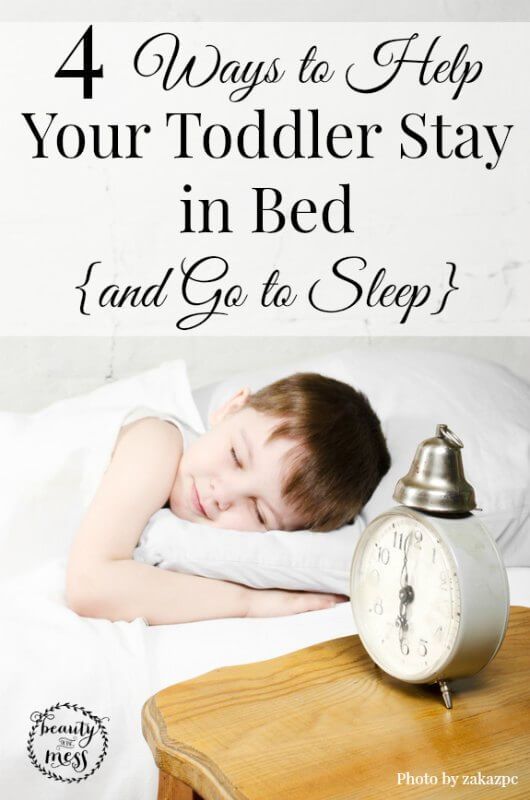 It is not surprising that the child in such cases is perceived as a hindrance to the usual way of life and ordinary affairs. And the baby constantly needs communication and his crying is a call to everyone, and first of all to his mother. Indeed, even in those cases when, it would seem, there are no reasons for tears, the baby may burst into offended or angry crying - because he is not yet ready for loneliness, his biological connection with his mother is still too strong. Thirdly, it should be borne in mind that a strict attitude towards a child, when adults try not to show their feelings and emotions in relation to a child, is not a guarantee of a good upbringing of a child and his further success. Most often, a young mother has a lot of chores around the house. Therefore, if she often takes the baby in her arms, she will have to sacrifice some things. In addition, carrying a child in her arms is also physically not very easy. In general, if desired, there are many reasons for minimizing physical contact with a child.
It is not surprising that the child in such cases is perceived as a hindrance to the usual way of life and ordinary affairs. And the baby constantly needs communication and his crying is a call to everyone, and first of all to his mother. Indeed, even in those cases when, it would seem, there are no reasons for tears, the baby may burst into offended or angry crying - because he is not yet ready for loneliness, his biological connection with his mother is still too strong. Thirdly, it should be borne in mind that a strict attitude towards a child, when adults try not to show their feelings and emotions in relation to a child, is not a guarantee of a good upbringing of a child and his further success. Most often, a young mother has a lot of chores around the house. Therefore, if she often takes the baby in her arms, she will have to sacrifice some things. In addition, carrying a child in her arms is also physically not very easy. In general, if desired, there are many reasons for minimizing physical contact with a child.